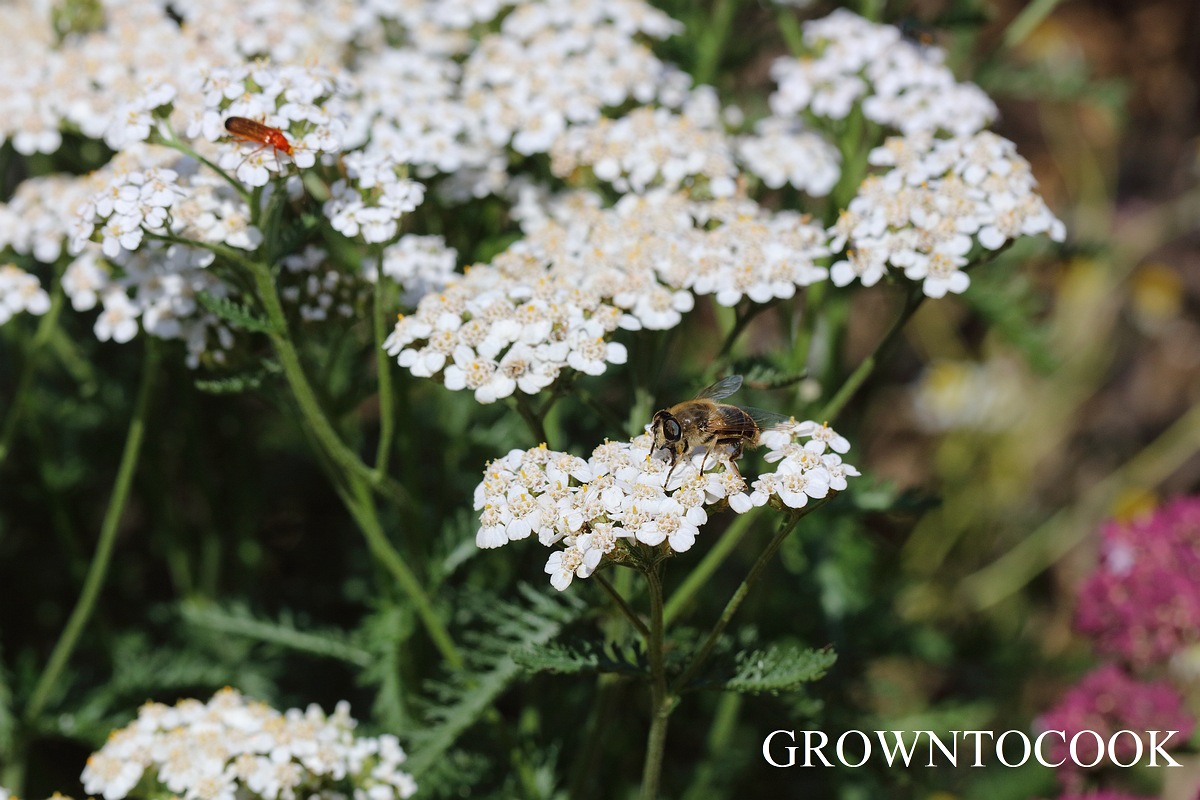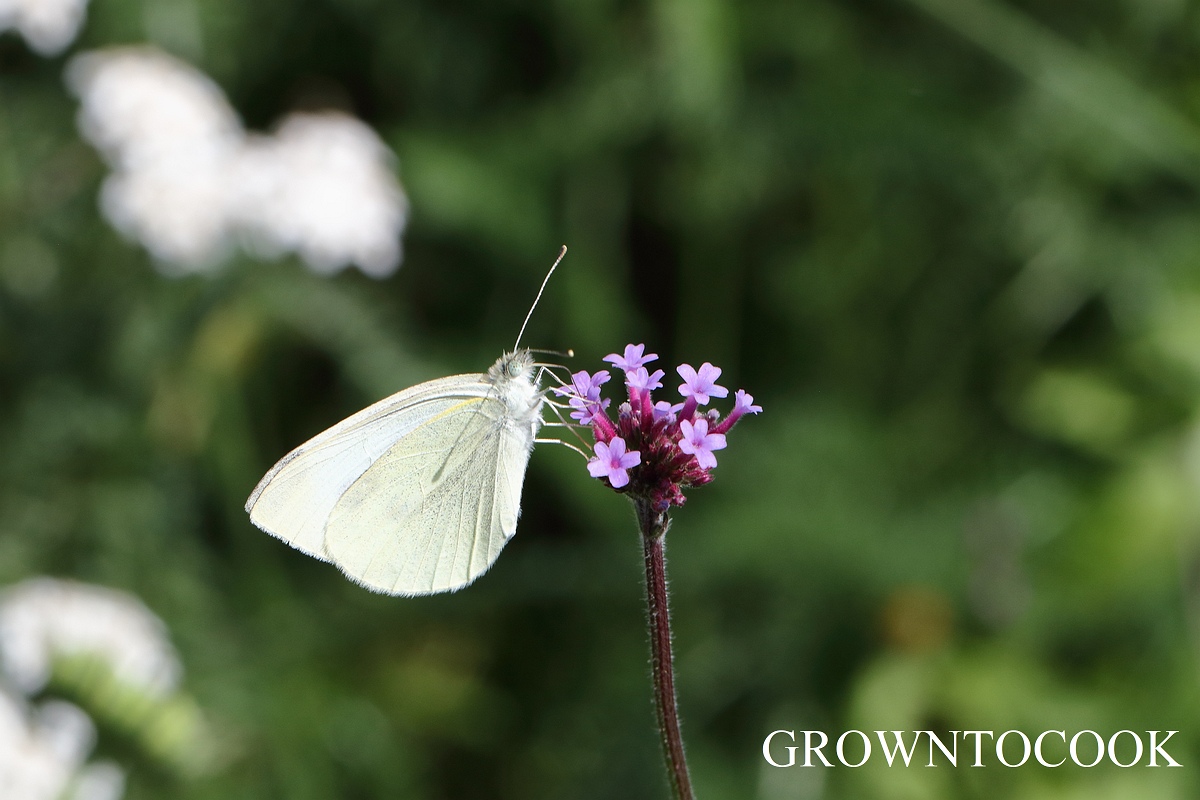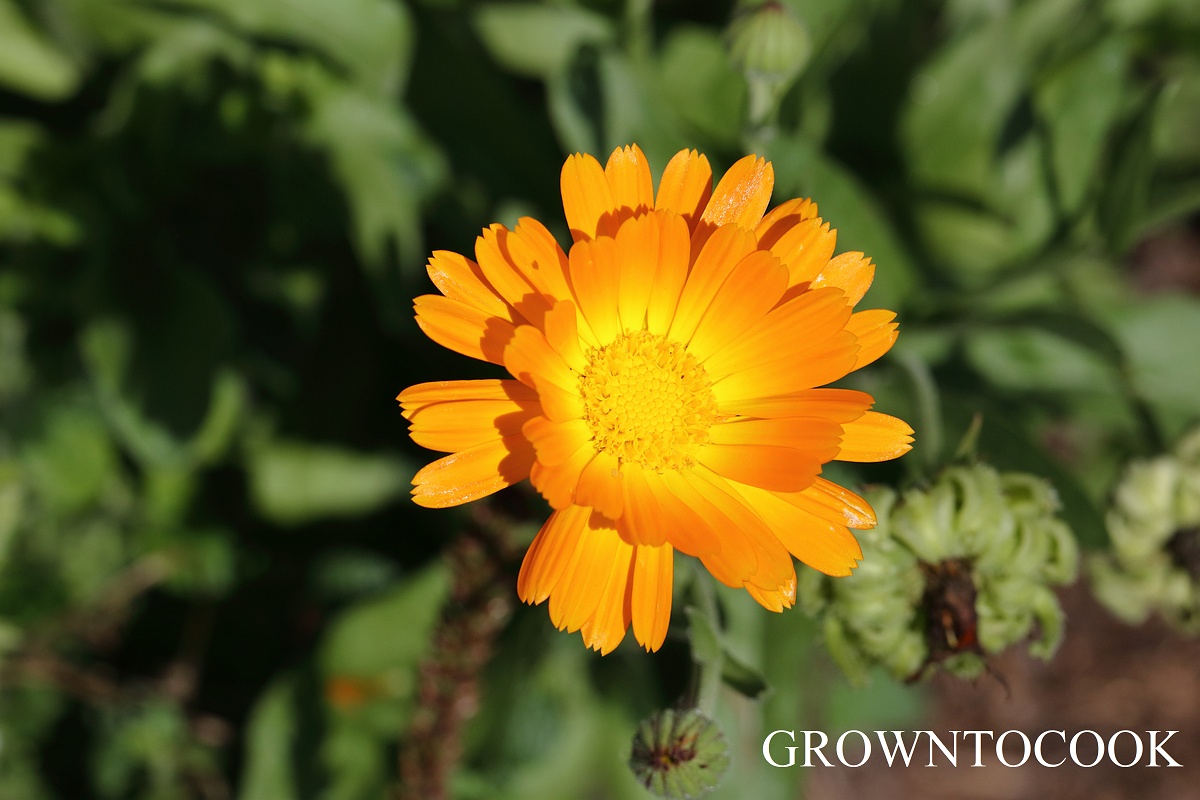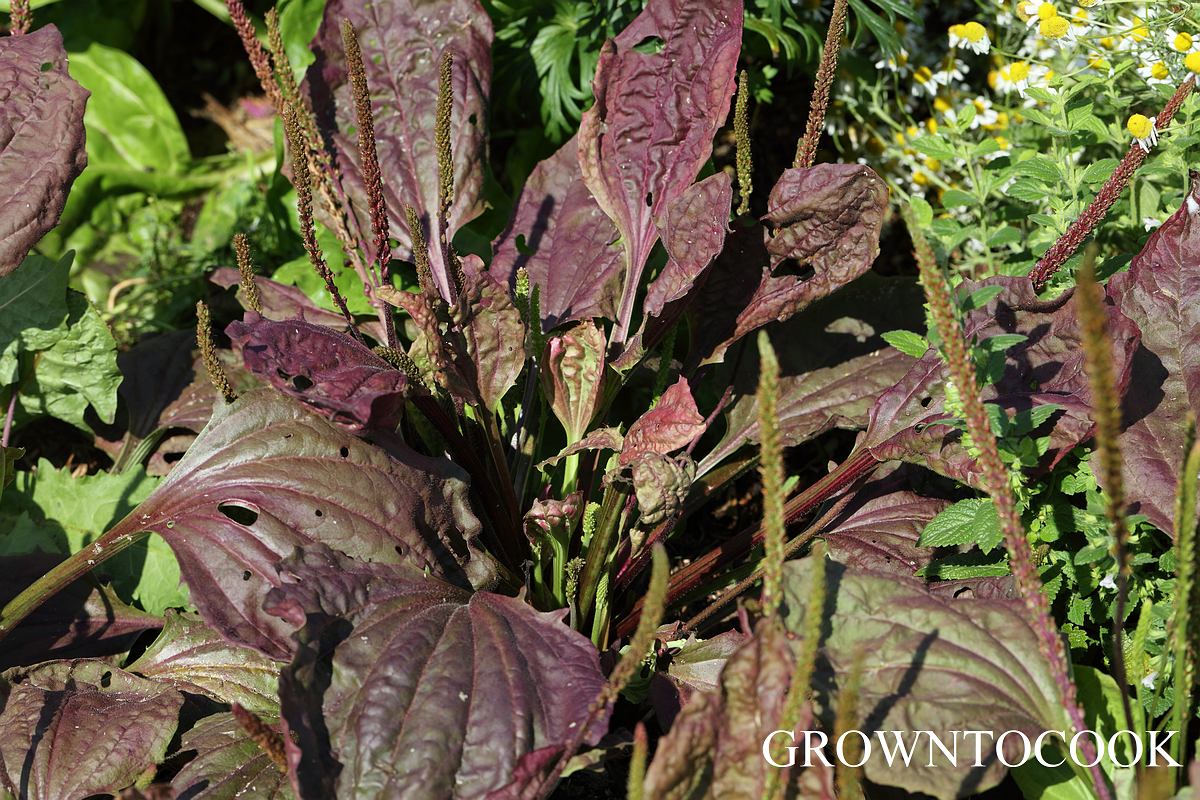For about 15 years now I’ve been experimenting with fruit tree guilds. Most of the plants I plant in the herb layer under my fruit trees are edible and/or medicinal but they fulfil other functions, too – some fix nitrogen or accumulate nutrients from the soil, attract beneficial insects or provide nectar for bees. At the beginning of this year I planted a peach and apricot trees between our little pond and the hugel bed and then started underplanting them with a diverse herb layer that will hopefully help to feed the trees and keep them healthy. Here’s a little video about some of my favourite plants to include and their functions:
Here’s a list of (most of) the plants mentioned in the video:
Rhubarb (Rheum rhabarbarum) – since only the stalks of this perennial vegetable are edible, after harvesting I snap off the large leaves and use these as mulch.

Lupin (Lupinus polyphyllus) – a nitrogen-fixer and therefore acts as a built-in fertilizer in my tree-guilds. When it flowers, it is also a great source of nectar for bees.
Lemon balm (Melissa officinalis) – I like to add the young leaves to mixed salads or use them for brewing a calming tea. The tiny flowers are very popular with bees and because it flowers over a long period of time, it provides nectar later in the growing season, after the fruit trees have finished flowering.
 Oregano (Origanum vulgare) – a well-known culinary herb that is also a magnet for bees. It has many medicinal properties, too – among others it aids good digestion and cures coughs.
Oregano (Origanum vulgare) – a well-known culinary herb that is also a magnet for bees. It has many medicinal properties, too – among others it aids good digestion and cures coughs.

Yarrow (Achillea millefolium) – the young leaves can be added to mixed salads but the plant is also powerfully medicinal: you can use the leaves to stop bleeding or make tea from the flowering stalks which helps against menstrual cramps or fever (especially when combined with elder flowers and mint). Yarrow also accumulates nutrients from the soil (such as potassium and copper) and through decomposition these nutrients become available to other plants. The flowers of yarrow attract beneficial insects like hoverflies and predatory wasps which feed on aphids and thus help to maintain a balance in the garden.
 Purpletop vervain (Verbena bonariensis) – this short-lived perennial self-seeds freely in our garden and is one of the best plants you can include to attract butterflies.
Purpletop vervain (Verbena bonariensis) – this short-lived perennial self-seeds freely in our garden and is one of the best plants you can include to attract butterflies.

Pot marigold (Calendula officinalis) – an annual with bright orange edible flowers. I dry the petals and use them to make salve for all kinds of skin conditions. They also attract beneficial insects.
Chamomile (Matricaria chamomilla) – an annual that self-seeds but tends to disappear when the garden matures and perennial plants take over. It has soothing, calming and anti-inflammatory effects – chamomile tea is my favourite nightcap. It is also a great companion plant contributing to the health of plants in its vicinity
 Red/purple plantain (Plantago major subsp. rubra) – add the young leaves to salads – they are exceptionally rich in nutrients. I also use them on insect bites and they have powerfully anti- inflammatory properties. Furthermore, plantains are a food plant for the caterpillars of many butterfly species.
Red/purple plantain (Plantago major subsp. rubra) – add the young leaves to salads – they are exceptionally rich in nutrients. I also use them on insect bites and they have powerfully anti- inflammatory properties. Furthermore, plantains are a food plant for the caterpillars of many butterfly species.
Welsh onion (Allium fistulosum) – my favourite perennial onion that is easy to grow from seed. As a member of the Allium-family it has anti-bacterial and anti-fungal properties and helps to protect fruit trees from fungal disease
Horseradish (Armoracia rustica) – in the Czech Republic where I come from, horseradish sauce is a very popular condiment. It has a high vitamin C content and regular consumption is thought to prevent all kinds of bacterial and viral infections. Planted under peach trees, it helps to prevent leaf curl which is a fungal disease peaches are very prone to in our rainy climate (not shown in the video)